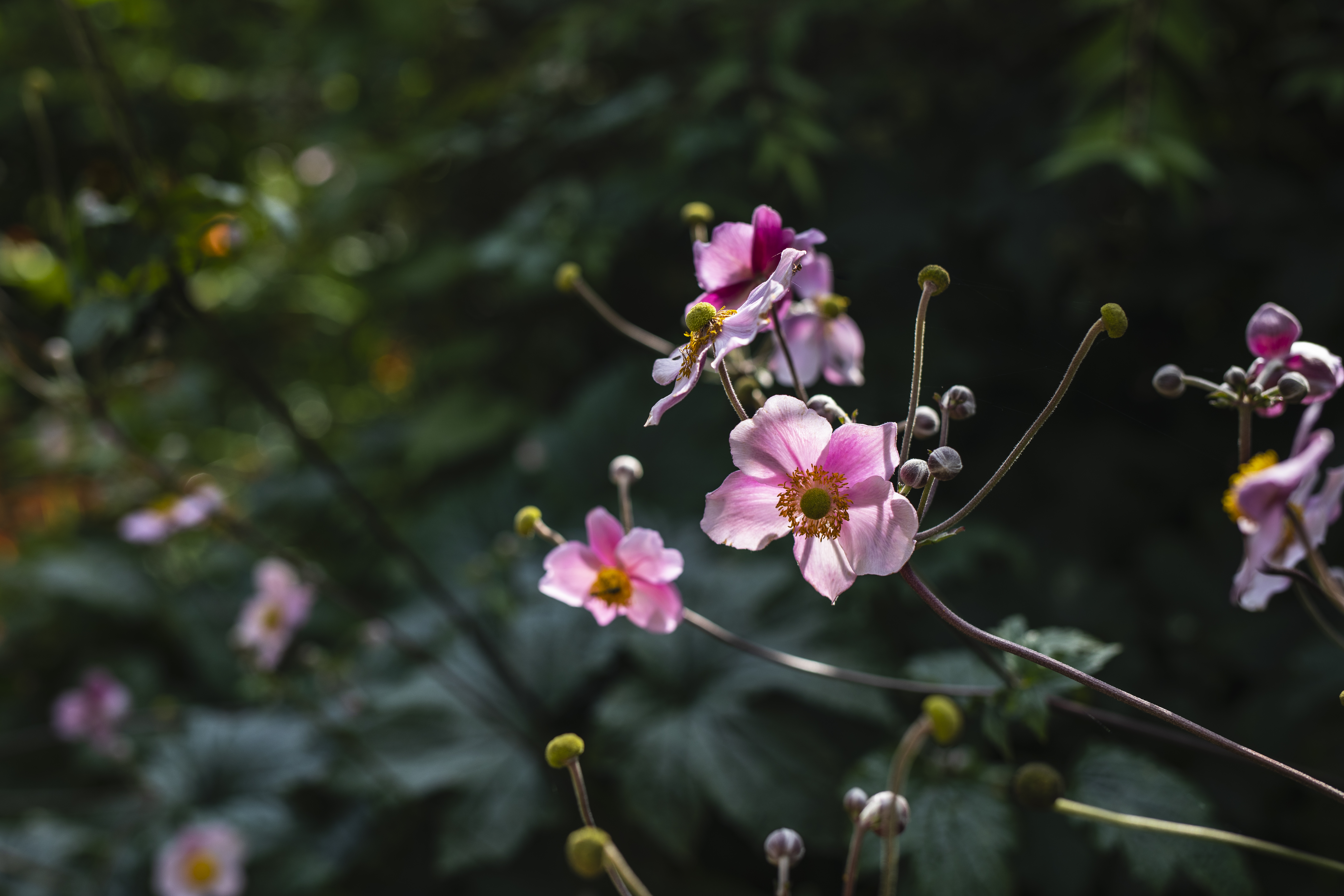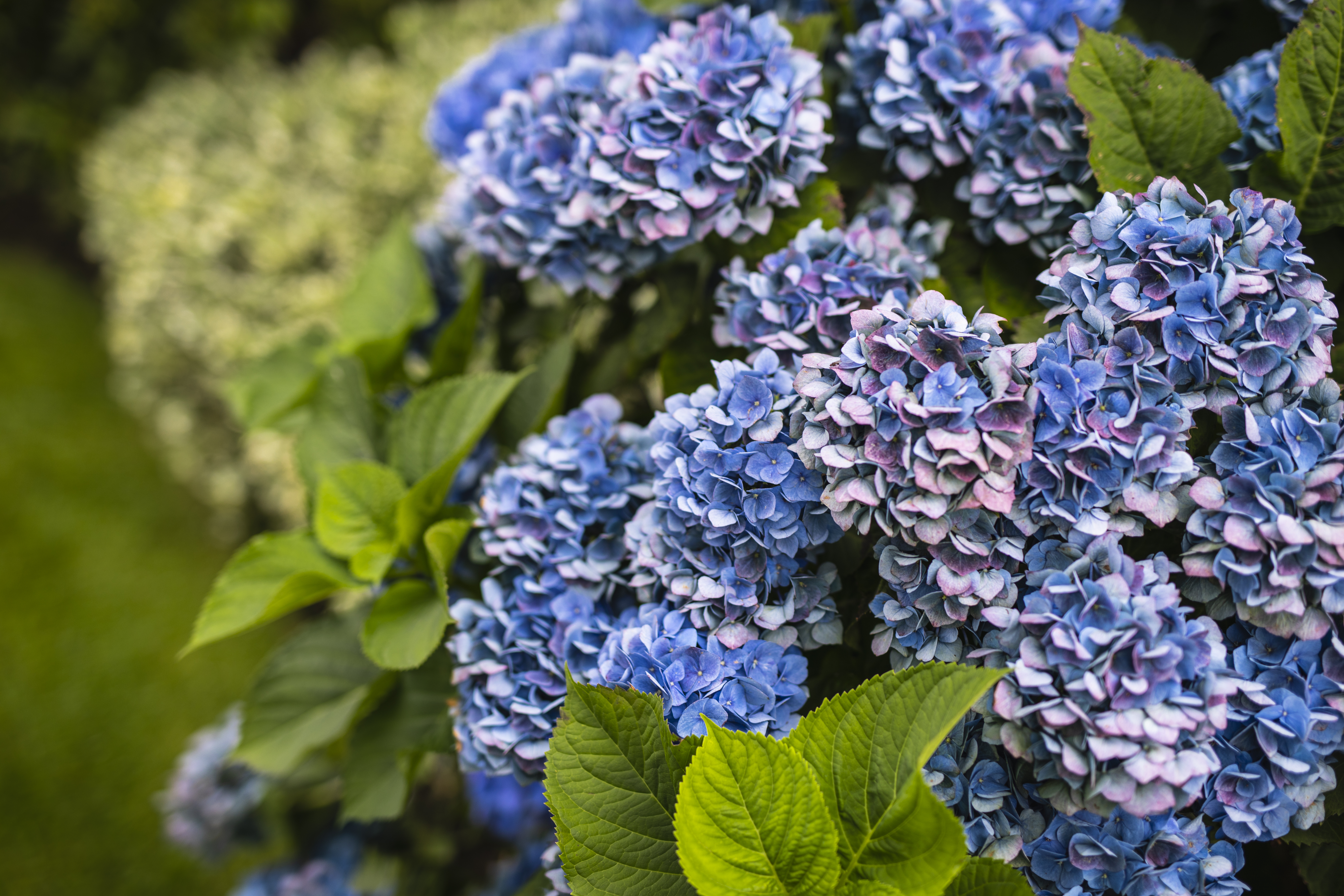
How deep do I Plant Certain Bulbs?
| Bulbs | Muscari | Crocus | Allium | Tulipa | Narcissus | Fritillaria imperials |
| How deep do I plant? | 10cm
(4in) |
8-12cm
(3-5in) |
10-15cm
(4-6in) |
15cm
(6in) |
20cm
(8in) |
25-30cm
(10-12in) |
Planting Properly
When preparing to plant, the ground should be improved with garden compost and if drainage is bad, grit should be added. The deeper the bulbs are planted the less damage they are prone to from hoeing and forking. Blue Iris Landscapes are here to help with your gardening issues so if you have questions or need work doing in your garden whether it be garden maintenance or landscaping then please contact us on Free Phone 0800 093 7926 or our Head Office 01782 396168.
Displaying Bulbs in Pots
Choose a pot wide and deep enough and ensure it has drainage holes. Add drainage material such as gravel to the bottom of the pot. (Tall-growing bulbs such as lilies can become unstable unless pots have added weight).
Naturalising Bulbs in Grass
If you have a few bulbs, professional gardeners suggest you lift the grass and position or centralise in groups. However if planting larger bulbs use a bulb planter with a tread. Scatter the bulbs on the grass to create a more natural look.
Using Bulbs in the Border
If a border is to be in good condition for the spring and summer months, other bulbs such as tulips and daffodils can look unpleasant as their foliage withers. With careful planning, this can be beaten. Later in the summer, planting can look tired so bulbs added in spring boost interest.
Plunging Bulbs in Borders
Bulbs such as Poppies are great fillers for borders as they leave gaps when they die down in early summer. Pots filled with bulbs should be plunged into the soil, however gardeners often suggest that containers with mesh sides are regularly more suitable for the more aquatic plants, allowing drainage and allowing the roots to healthily grow out into border soil.
Lifting and Storing Bulbs
After a high-quality flowering, some plants are best lifted if they are to re-flower. Some such as dahlias and gladioli are precious plants and if lifted are ensured their survival once covered with a blanket-like mulch of garden compost. Once growth is frosted, lift bulbs and allow to dry. For a professional finish, dust with sulphur any with signs of rot and store in an open box somewhere cool and dry.
Planting Eremurus
Although Eremurus is a ‘Perennial’ not a bulb, they are often sold alongside. When planting, find the sunniest and hottest spot. They need excellent drainage so landscapers suggest digging a wide hole that will freely accommodate the roots (central growing point needs to be about 2.5cm) below the surface. Mulch the surface with grit to help prevent accidental root disturbance.
Knowing how to plant your bulb so as they can get the best from them is important so Blue Iris hope these few tricks of the trade will help you. If you require further information then please contact us on one of the following methods: –
Free Phone: – 0800 093 7926
Head Office: – 01782 396168
Email: – info@blueirislandscapes.co.uk
To stay up to date with our latest gardening tips follow us on Facebook.
